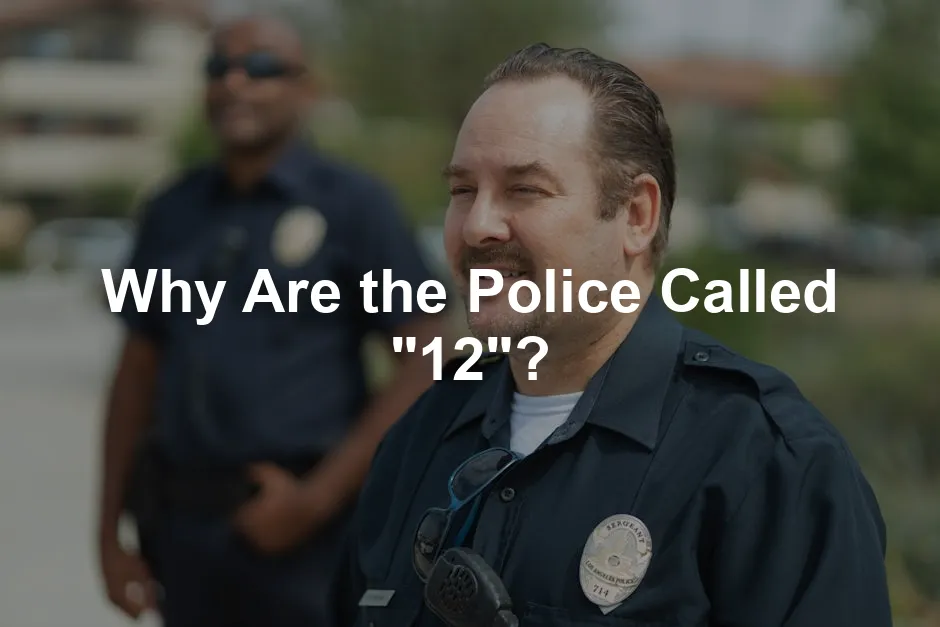
Why Are the Police Called “12”?
Introduction
Have you ever heard someone refer to the police as “12”? This slang term is quite popular, especially in certain cultures and regions. It’s interesting to see how language evolves and how terms like “12” become part of everyday conversation. Let’s take a closer look at its origins and meanings.
Summary and Overview
12 is a widely recognized term for police, especially in urban settings. Its significance goes beyond mere slang; it’s a reflection of cultural attitudes toward law enforcement. This term is particularly prevalent in rap culture and among communities where informal communication thrives.
Several theories explain the origin of 12. One suggests a link to police radio codes, where 10-12 indicates the presence of civilians. Another ties it to the classic TV show Adam-12, featuring two police officers on patrol. Understanding slang like 12 is essential for grasping the cultural dynamics surrounding law enforcement and community interactions. It highlights how language shapes our perceptions of authority and safety.
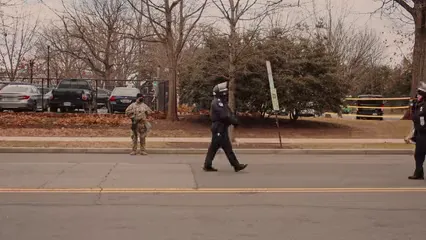
Speaking of Adam-12, why not enjoy the nostalgia of this classic show with the Adam-12 DVD Box Set? It’s a great way to revisit the adventures of Officers Reed and Malloy while exploring the cultural significance of their work.
The Origins of “12” as a Reference to Police
Early Use in African American Vernacular
The term 12 has roots in African American Vernacular English (AAVE). It became popular in the late 20th century. This slang reflects deeper cultural meanings within the community. In AAVE, 12 signifies police officers, carrying a sense of urgency and caution. The term emerged during times of heightened police presence and social unrest. In urban areas, it served as a quick alert about law enforcement nearby.
Over time, 12 evolved, resonating with younger generations. Its usage in music and street vernacular solidified its place in everyday conversation. The term also symbolizes resistance and awareness in many communities. Understanding this context is vital as it highlights cultural responses to policing.
Police Radio Code Theory
Another theory links 12 to the police radio code 10-12. This code indicates that visitors or civilians are present near police activity. It acts as a heads-up for officers to be cautious. As communities started using 12 informally, it became shorthand to alert others about police presence. This practice made it easier to communicate discreetly.
Over time, the term gained traction in conversations, especially among youth. It serves as a way to warn friends about approaching law enforcement. This connection illustrates how language can adapt within community contexts.
Television Influence: Adam-12
The classic television show Adam-12 also plays a role in the term’s popularity. First aired in 1968, this show featured two police officers patrolling Los Angeles. The patrol unit was known as 1-Adam-12. Viewers quickly associated the number 12 with police officers. As the show gained a following, so did the slang.
This cultural reference further embedded 12 into everyday vernacular. Hip-hop and urban culture later adopted the term, giving it new life. The influence of Adam-12 shows how media shapes language and societal perceptions.
The ACAB Connection
The acronym ACAB, meaning “All Cops Are Bastards,” is linked to 12. In this context, 12 represents a shorthand for negative sentiments towards police. Some individuals use 1312 to symbolize the phrase, where numbers correspond to letters. Over time, this abbreviation was shortened to 12.
This connection has implications for how certain communities view law enforcement. It reflects a broader cultural critique of policing practices and authority. The term 12 thus embodies both resistance and awareness in these discussions.
Other Theories and Interpretations
Several alternate theories exist regarding the term’s origins. Some suggest a connection to narcotics officers, especially in hip-hop lyrics. Artists like Migos popularized the term in songs warning about police activity. Others propose that 12 relates to the number of police districts in certain cities.
However, these interpretations can be controversial. Many people debate the exact origins and meanings. Regardless, 12 remains a significant term in discussions about police and community dynamics. Understanding these theories enriches our comprehension of language’s role in society.

Common Usage and Variations of “12”
Regional Differences
The term 12 for police isn’t universally recognized. Its usage is particularly prominent in the Southern U.S., especially in places like Atlanta. In these regions, the slang reflects cultural nuances. The phrase serves as a quick alert about police presence.
In contrast, other parts of the country might use different terms. For example, 5-0 is popular in Hawaii, stemming from the show Hawaii Five-O. Similarly, the fuzz has been around for decades, painting a more humorous picture of law enforcement. Each term reveals something unique about the local culture and attitudes towards police.

If you’re curious about urban culture, dive deeper with the Urban Dictionary: The Ultimate Guide to Slang. This book can help you decode the ever-evolving language of urban communities!
Pop Culture References
12 has seen a significant boost in popularity due to music, especially hip-hop. Artists have taken this term and woven it into their lyrics. Iconic tracks like F*** 12 by Migos highlight interactions with police. These songs often reflect broader societal sentiments, making 12 a cultural shorthand for law enforcement.
The impact of such references is profound. They shape perceptions and influence how communities respond to police presence. The term has become a rallying cry in some circles, reflecting resistance and awareness in the face of policing.
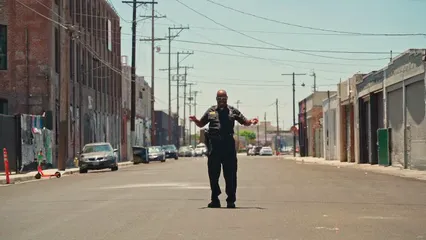
Slang Evolution
Slang terms like 12 are fluid and change over time. Their meanings can shift based on cultural context. For instance, while 12 might initially signal caution, it can also represent defiance against authority.
As language evolves, so does the perception of terms like 12. Younger generations may adopt them with different connotations. This evolution illustrates how communication adapts to social dynamics, and how cultural context plays a crucial role in understanding these terms.
In essence, 12 is more than just slang; it’s a reflection of community attitudes, shaped by history, music, and regional differences. Understanding its usage requires a look at the cultural landscape from which it arises.
Linguistic Perspectives on “12”
The Role of Numbers in Slang
Numbers in slang serve as powerful tools for communication. They often convey complex ideas simply and effectively. Using numbers can create a sense of familiarity among speakers. For instance, saying 12 instead of police offers brevity in conversation. This efficiency is especially useful in fast-paced exchanges, where clarity is key.
Moreover, numbers often carry cultural significance. They can evoke emotions or memories tied to specific experiences. For example, 12 resonates with many in urban communities, particularly in the context of law enforcement. It encapsulates a shared understanding, rooted in cultural narratives and societal interactions.
The use of numerical slang allows for coded communication. This can be crucial in situations where discretion is necessary. Think about it: a quick mention of 12 can alert friends to police presence without raising suspicion. This clever use of language highlights the adaptability of slang in everyday interactions.
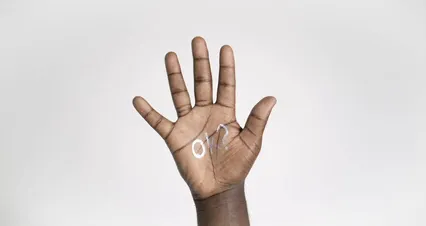
Contextual Usage and Interpretation
The meaning of 12 can change dramatically based on context. When said among friends, it might signal caution or a warning. However, in a different setting, it could imply disdain or resistance against authority. The speaker’s intent plays a significant role in how the term is perceived.
For instance, in hip-hop culture, 12 is often used to express a critical stance toward police. Lyrics in popular songs frequently highlight this sentiment, reinforcing negative perceptions. Conversely, in a community gathering, 12 may simply alert attendees that police are in the vicinity, serving a protective function.
Audience matters too. For younger generations, 12 may evoke a sense of rebellion. Older individuals might view it as a straightforward identifier of law enforcement. This generational divide illustrates how language evolves within different cultural contexts. Understanding these nuances enriches our appreciation of slang and its impact on communication.
In conclusion, the term 12 encapsulates a blend of efficiency and cultural resonance. Its significance shifts with context and audience, showcasing the complexity of language in shaping perceptions of authority and community dynamics.
Controversies and Criticisms
Negative Connotations
Using the term 12 can carry negative implications. In some circles, it symbolizes distrust toward police. This can create an “us vs. them” mentality. Many people feel that referring to law enforcement with slang fosters division. Such language may undermine community trust in police forces. It’s crucial to be aware of how terms can influence perceptions. When slang becomes derogatory, it risks alienating law enforcement from the communities they serve.
This division can escalate tensions during interactions. For instance, using 12 in a heated situation may inflame emotions. It can also affect how younger generations view authority figures. When slang like 12 is used casually, it can normalize disrespect. This, in turn, perpetuates a cycle of mistrust. We must consider the consequences of our language when discussing policing and community safety.
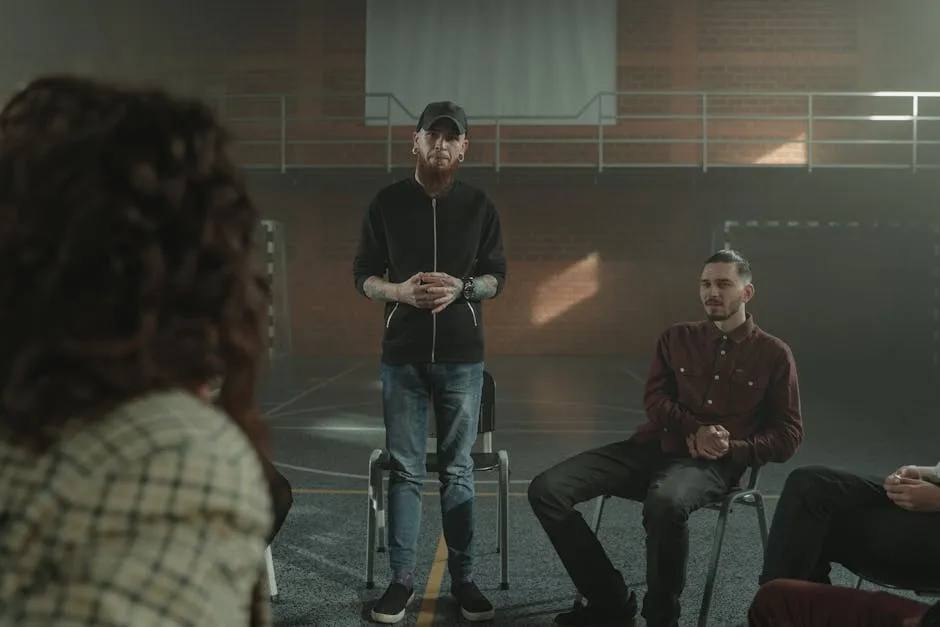
Debates Around Slang Usage
The use of 12 stirs debates on slang in law enforcement contexts. Supporters argue that slang reflects cultural identity. It serves as a form of self-expression. For many, it provides a sense of belonging within their communities. Language evolves, and slang often captures the essence of cultural experiences. In this way, terms like 12 can empower voices that feel marginalized.
On the other hand, critics argue that such slang can perpetuate negative stereotypes. They claim it fosters an antagonistic relationship between communities and police. This perspective views slang as a barrier to constructive dialogue. Understanding these opposing views is important. It highlights the complexity of language in shaping societal attitudes.
Ultimately, the conversation around slang like 12 reveals deeper cultural dynamics. It emphasizes the need for awareness and sensitivity in discussions about law enforcement. Balancing cultural expression with respect for authority can be challenging but necessary.
Conclusion
In summary, the term 12 illustrates the complexities surrounding slang and law enforcement. It can evoke both cultural identity and mistrust. Understanding its implications is vital in fostering positive community relationships. By being mindful of our language, we can promote constructive dialogue about policing. Let’s reflect on how we discuss authority and consider the broader cultural contexts at play.
Encouraging open conversations about these terms can bridge gaps and foster understanding.
And for those long nights of reflection, why not grab a pair of Wireless Earbuds? They’re perfect for listening to your favorite tracks while contemplating the intricacies of language and culture!
Please let us know what you think about our content by leaving a comment down below!
Thank you for reading till here 🙂
All images from Pexels




